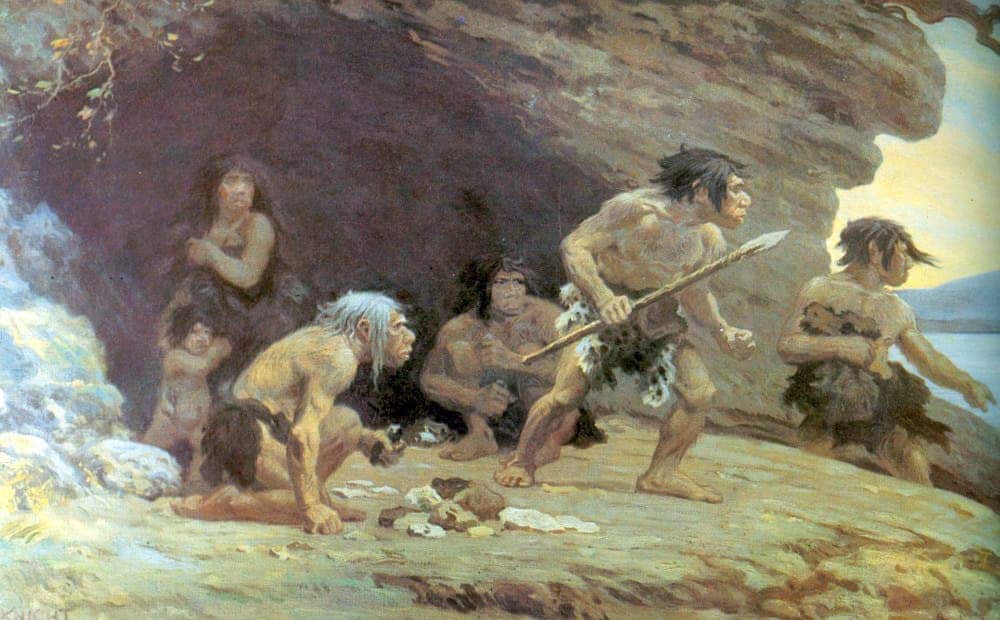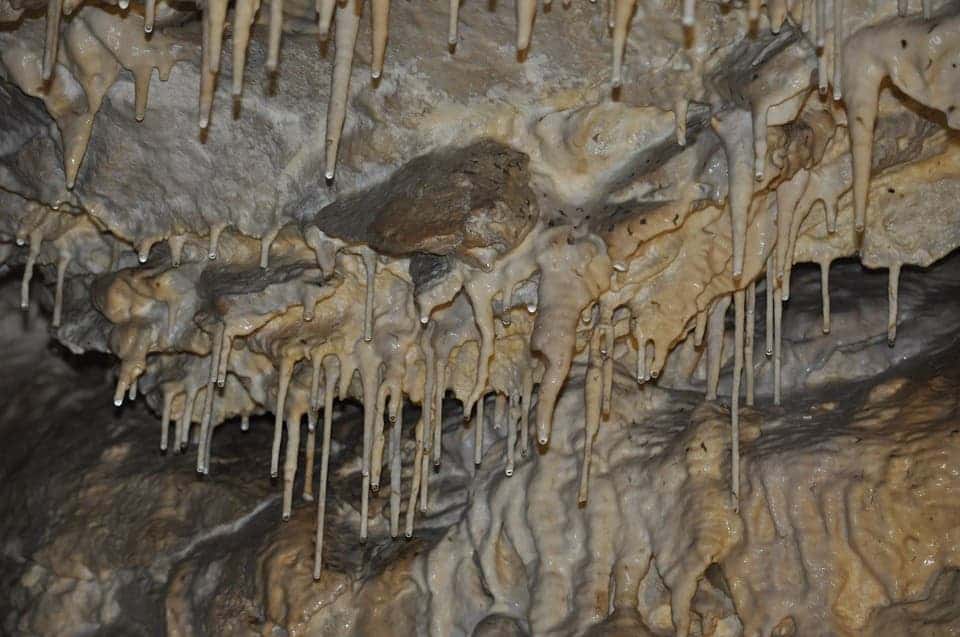Neanderthals were our most closely-related hominin species. They dominated Eurasia for thousands of years before suddenly disappearing around 40,000 years ago — around the time anatomically modern humans began to expand far and wide on the continent.
This prompted scholars to assert that the pressure our species exerted on our close Homo cousins eventually brought about their demise. While that may be true, a new study shows that human competition wasn’t the only important challenge Neanderthals faced. The researchers found that around the time Neanderthals started disappearing, the climate in Europe became unforgivingly cold and dry.
Vasile Ersek, a palaeoclimatologist and geochemist at Northumbria University, along with colleagues sampled stalagmites in two Romanian caves to see what the climate looked like in ancient times. We have instrumental records of climate only for the past 100 years or so, and if we want to look deeper into the past, we need to look at other climate records such as ice cores, tree rings, or stalagmites. The latter are particularly useful because stalagmites grow in thin layers each year, and each layer captures what the temperature and humidity looked like at the time of deposition. Therefore, these stalagmite layers can be likened to a natural archive of climate change over many thousands of years.
The stalagmite records suggest that, between 44,000 and 40,000 years ago, the climate in Europe went through successive phases of extreme cold and excessive dryness. During this time, the climate would cycle through periods of very low temperatures for centuries or even millennia at a time, then warming up again very abruptly.
When the researchers compared the paleoclimate records with archaeological records of Neanderthal activity, they found that the cold periods overlapped with the absence of Neanderthal tools. This suggests that climate change played a major role in the decline of the now-extinct species.
“For many years we have wondered what could have caused their demise. Were they pushed ‘over the edge’ by the arrival of modern humans, or were other factors involved? Our study suggests that climate change may have had an important role in the Neanderthal extinction.”
The reason why Neanderthals may have been wiped out by this period of extreme cold — while humans made through — is that we could adapt to the new conditions. Neanderthals were skilled hunters, toolmakers, and knew how to control fire, just like humans did. However, they also had a less flexible diet, largely consisting of the meat from the animals they hunted. Humans, on the other hand, had incorporated fish and plants into their diet alongside meat. This wider menu may have offered modern humans the edge they needed to survive through harsh times.
“Before now, we did not have climate records from the region where Neanderthals lived which had the necessary age accuracy and resolution to establish a link between when Neanderthals died out and the timing of these extreme cold periods,” he said, “But our findings indicate that the Neanderthal populations successively decreased during the repeated cold stadials.
“When temperatures warmed again, their smaller populations could not expand as their habitat was also being occupied by modern humans and this facilitated a staggered expansion of modern humans into Europe.”
After a number of depopulation-repopulation cycles, the fragile Neanderthals tribes may have become too weak to resist competition with humans — or the next cold cycle. But while the species is now long gone, there’s a bit of Neanderthal left in each of us — about 2% of your DNA is Neanderthal, the remnant of ancient interbreeding between the two species.
The findings appeared in the journal PNAS.











